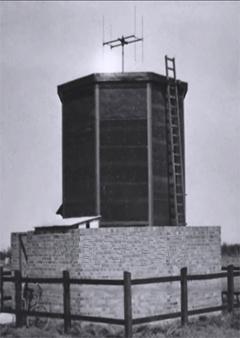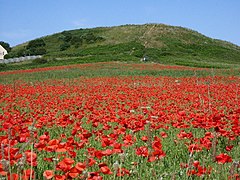| Beeston Hill Y Station | |
|---|---|
 Beeston Hill Y Station | |
| General information | |
| Architectural style | Listening station |
| Town or city | Sheringham |
| Country | England |
| Coordinates | 52°56′36″N1°13′30″E / 52.94326°N 1.22490°E |
| Completed | 1939 |
| Demolished | 1946 |
| Client | War Office |
| Technical details | |
| Structural system | Concrete and Brickwork |
Beeston Hill Y Station was a secret listening station located on the summit of Beeston Hill, Sheringham in the English county of Norfolk. [1] The chain of Y stations were the front line of the War Office's Bletchley Park, which had the code name station X.



